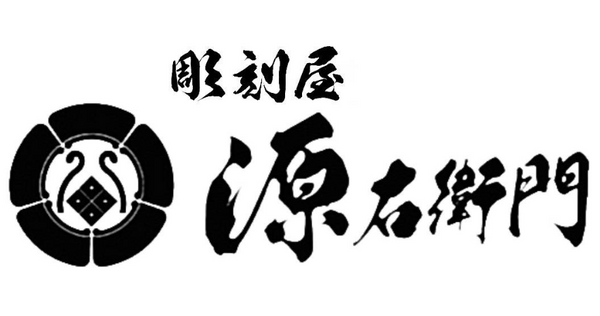岸和田だんじり祭がいよいよ来月に迫り、各町の準備も本格化してきました。
今回は、だんじりの曳行に欠かせない重要な部品、「駒(車輪)」についてご紹介します。
駒は、松の原木を輪切りにして製作され、直径はおよそ60cmにもなります。
非常に強度が求められる部品であると同時に、重量やバランスも重要な要素。そのため、製材後すぐには使わず、ひび割れ防止のために水槽で保管します。
祭りの2〜3ヶ月前になると、水槽から引き上げて自然乾燥を開始します。
これは、駒を少しでも軽くし、地車がよりスムーズに動くようにするための工夫です。
ただし、乾燥しすぎると今度は走行中に割れるリスクが出てきます。そこで私たちは、保湿剤(ワセリン等)を側面に塗って乾燥を調整し、最も理想的な状態に仕上げていきます。
地車は、地域の誇りであり、命を吹き込まれた工芸品です。
駒ひとつとっても、祭り当日に向けて丁寧に準備が進められていることを、ぜひ知っていただければ嬉しいです。
今年も、最高の状態で皆さんにだんじりを届けられるよう、引き続き準備を進めてまいります!
 With the Kishiwada Danjiri Festival just around the corner, preparations are well underway in every neighborhood.
With the Kishiwada Danjiri Festival just around the corner, preparations are well underway in every neighborhood.
This month, we’d like to introduce a crucial part of the float: the “koma” (wooden wheels).
Each wheel is made by cutting large pine logs into circular discs, with a diameter of about 60 centimeters.
Because they must be both durable and balanced, we don’t use them immediately after milling. Instead, they’re stored in water tanks to prevent cracking during the drying process.
Two to three months before the festival, we remove the wheels from the tanks and begin natural drying.
This step helps lighten the wood, allowing the float to run more smoothly during the event.
However, if the wheels dry too much, they may crack under pressure during the parade.
To avoid this, we apply moisturizing agents (like Vaseline) to the sides of each wheel to carefully control the moisture level and finish them in optimal condition.
Each danjiri float is more than just a structure—it’s a symbol of local pride and living craftsmanship.
Even a single wheel reflects our dedication to safety, precision, and tradition.
We’ll continue our preparations with care, so everyone can pull the floats with confidence when the festival begins!

